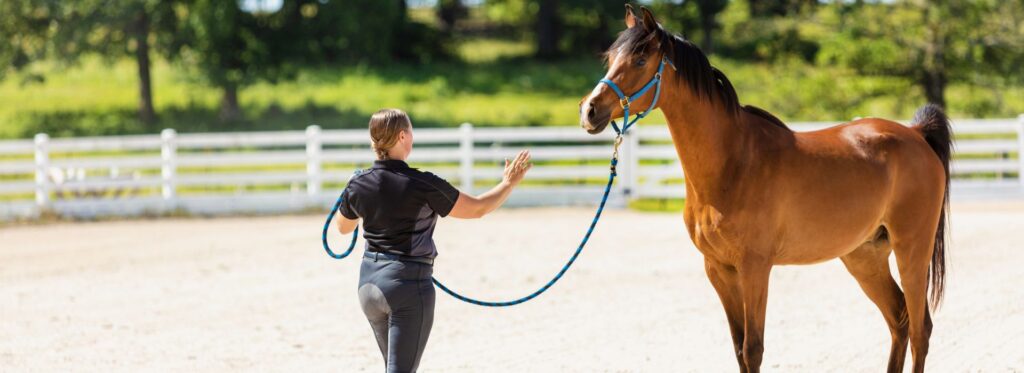Selling a horse can be exciting—but also tricky. One of the hardest parts is figuring out the right horse price. Ask too much and buyers walk away. Ask too little and you lose money.
Let’s go over the 5 most common mistakes people make when setting a price for their horse. Don’t worry—we’ll keep it simple and share real examples to help.
Horse Pricing Mistake #1: Letting Feelings Set the Price
It’s easy to love your horse. You’ve cared for them, trained them, maybe even rode trails or won ribbons together. That connection can make you feel your horse is worth more than they really are on the market.
Example:
Lisa had a gelding she raised from a foal. She listed him for $12,000 because of their bond. But when buyers came to see him, they thought $7,000 was more fair. Her price was based on love—not market value.
Tip:
Try to think like a buyer. What would you pay if you didn’t know your horse personally? Use a tool like the Horse Price Calculator to help take emotion out of the decision.
Horse Pricing Mistake #2: Forgetting That Prices Change by Location
Did you know a horse in California may sell for double what it would in Kansas? Horse prices vary a lot by region. What works in one state may not work in another.
Example:
Jake listed his trail horse for $10,000 in Oklahoma after seeing similar ones sell for that in Colorado. But buyers in his area were only paying $6,000 for the same kind of horse.
Tip:
Use your zip code in the Horse Price Calculator to get a price that fits your area. You can also look at other horse listings in your state on websites like MyHorseForSale.com.
Horse Pricing Mistake #3: Guessing the Horse’s Skills and Training Level
Some horses have great training—but others just know the basics. You can’t price a green horse like it’s a finished show horse.
Example:
Emily thought her 6-year-old mare was “show-ready,” but when a buyer came to test ride her, it was clear she needed more work. The buyer offered less than half the asking price.
Tip:
Be honest about your horse’s training. If you’re not sure, ask a local trainer to ride and give feedback. The more proof you have—like videos or show records—the better.
Horse Pricing Mistake #4: Ignoring Age, Health, and Vet Needs
Age and health matter a lot in horse pricing. A young, sound horse can go for more. An older horse or one with health issues should be priced lower—especially if it needs special care.
Example:
Tom listed his 18-year-old gelding for $8,000. But the horse had arthritis and needed daily meds. Most buyers saw that as a $4,000 horse due to extra care costs.
Tip:
Always share health info and vet history. Be honest—it builds trust. If your horse has special needs, adjust the price to reflect that.
Horse Pricing Mistake #5: Not Doing Research on Other Horses
Before you set a price, you should look at other horses for sale. This helps you find a fair range for your horse’s breed, age, and skills.
Example:
Sara listed her paint horse for $9,500 but never checked similar listings. When she finally looked at horses on MyHorseForSale.com, she saw others just like hers going for $6,000–$7,000.
Tip:
Spend 30 minutes browsing online. Check out:
-
DreamHorse.com
-
HorseClicks.com
Make notes: breed, age, training, price. Then compare your horse.
Recap: Price Smarter, Sell Faster
Pricing your horse right can help it sell faster and bring in better offers. Here’s a quick list of what not to do:
| Mistake | Better Way |
|---|---|
| Using feelings to price | Use real market data |
| Ignoring where you live | Look at local sales |
| Guessing training level | Show proof or ask a trainer |
| Forgetting age/health | Be honest and adjust price |
| Skipping research | Compare on real sites like MyHorseForSale.com |
Use the Horse Price Calculator
Need help getting started? Try the free Horse Price Calculator at lemonchiffon-flamingo-513068.hostingersite.com.
Just enter:
-
Your location
-
Breed
-
Age
-
Training
-
Health info
…and get a smart starting price for your horse.
Thanks for reading! Stay tuned for more tips on how to sell horses the smart way—without the guesswork.



